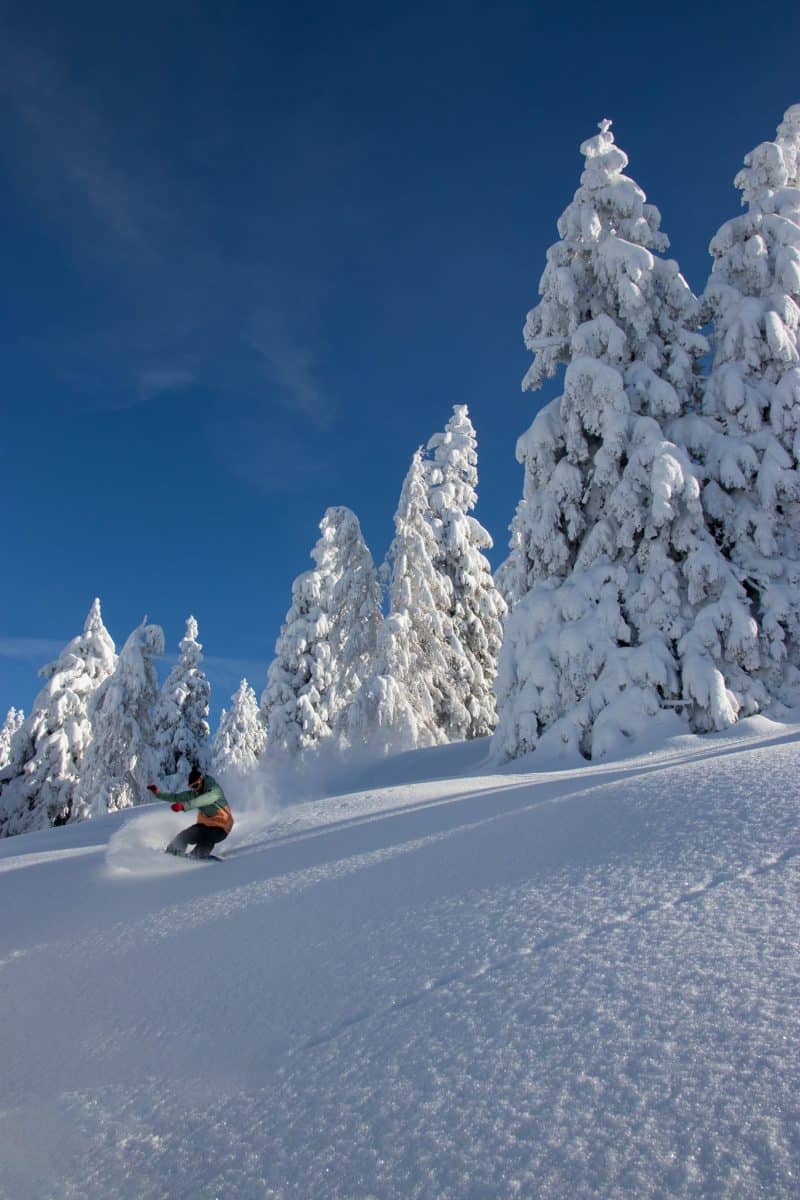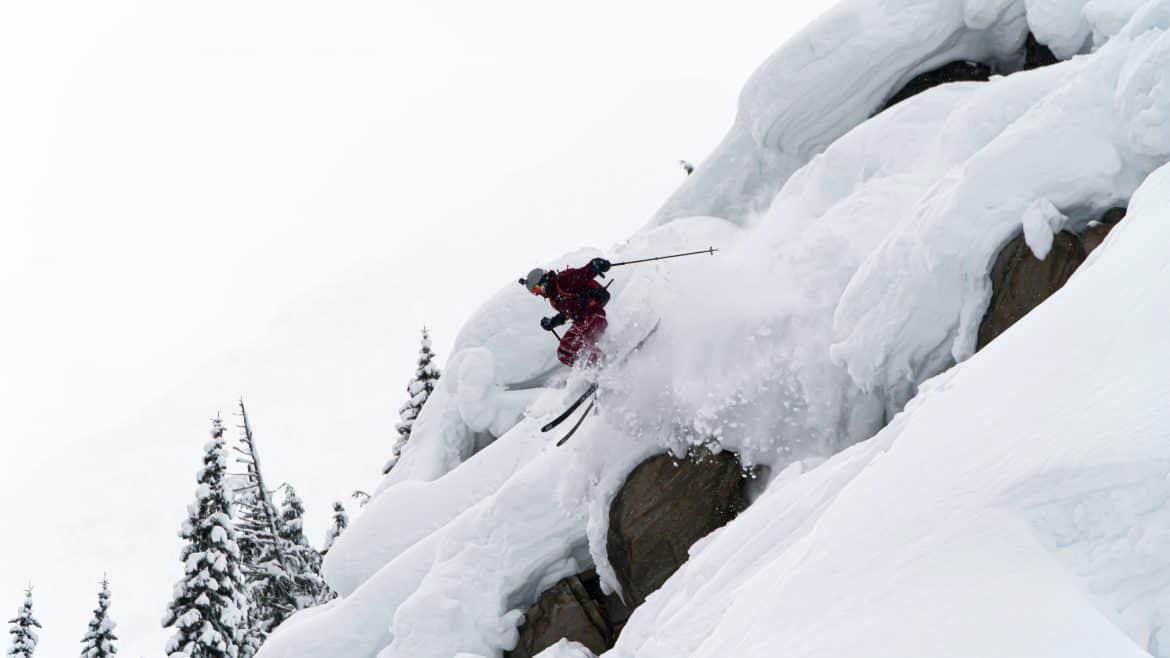If you’re a skier or a snowboarder who is interested in not only riding spectacular tracks but also taking amazing photos, here you will be able to find 5 useful tips on how to make and improve your shots. For me it just feels so satisfying to also bring home a perfect picture while you’re slaying those tracks in the snow. What you do with the photos later it’s up to you. Most of them usually end up on Instagram or some other social platform. It can be for bragging rights or maybe you can even make some money out of it if you keep it up. If your photos are really good at least you wont need to buy instagram followers any more:). A more old fashioned way to use the best photos you make is to print them out as big as possible and put them on the wall.
Either way, here are 5 quick tips that you can use to easily improve your shots in the mountains.
Plan your shot ahead
If you’re making a photo of someone who’s riding, think ahead of what’s going to happen. Even better, talk to the rider about where he will be going and what he will be doing. You can together decide on the best place to make a turn, drop, trick… This way the rider will come in sync with all the other elements in the photo. This makes a huge difference. When he goes he can yell something like “Going!” so you can be ready and catch him in the perfect moment. If you have a capable camera that can shoot a big number of shots per second, anything greater than 5-7 shots per second is great, set it to continuous shooting and just hold the shutter button. This way you will catch all the moments and later pick the best shot. Since cameras a have a limit of how many shots can be done consecutively, don’t start to early. Half a second before is quite enough. You don’t want to run out of cache just when the planed turn arrives.
Another thing to plan when shooting is (as I have mentioned) the surroundings. Usually the nature makes the shot perfect. It should look awesome without the rider and then putting the rider in action in the photo just ads that extra something. Also remember that less is more. When composing the shot leave out all the things that do not matter. Like other skiers standing around, your hiking tracks, your backpack, mountain lodge…if they are not part of the story.
Follow the sun
For sure, most of the photographers would say that the perfect time to make a shot would be a “golden hour” but unfortunately skiers and snowboarders usually don’t take photos during this period of time as all the lifts are closed. Still, in winter days are short and shadow soon grow longer, so make sure just to avoid the time when the sun is at its highest position. You could also go ski touring or use a split board and be your own master of time. Also, for nice colors always put the sun behind your back. Shoot against the sun only if you want some special effect, turn your subject into a silhouette.

Change the angle and lay down
If you want to make your photos stand out of the lookalike shots row, change the perspective. Lay down to take a photo of your friend — or ask your friend to lay down for you. We are so used to the pictures made from the level of our eyes, that any changes in the angle can make a huge difference. You can also try to make a shot wider or narrower than usual: close-up or, conversely, panorama can also become a breather for your account’s usual content.
Check your exposure
The term “Exposure” means the amount of light hitting the photosensitive photographic material (read sensor) in a certain period of time. No matter how good your photo equipment is, really good sharp and colorful photos are always way easier to make in good light conditions. So avoid overcast, dusk, fog, and similar conditions unless you are looking for some specific effect in your shots. With lots of white snow everywhere you will also need something to make contrast to the whiteness. If your camera doesn’t have a big dynamic range – meaning that it can not include really bright and really dark sections in the same photo, then be careful here. Otherwise make sure that there is something dark in the back to bring forward what’s happening in the front. In conditions of a snowy mountain almost anything is darker than snow. Maybe a forest or even a blue sky can be used for that.
Shutter speed
If you are using a point-and-shoot camera or a smartphone, you definitely have a sport mode, which will give you a faster shutter speed to prevent motion blur. If you are shooting with a DSLR camera, you need to set it to TV mode, also known as shutter priority. This mode gives you control over the shutter speed, and the camera determines the rest of the exposure details for you. In the snow and on a sunny day when there is lots of light you can set the shutter speed pretty high. But in general, 1/500 and faster is good, 1/1000 and faster is perfect for sports photography.
After you have a couple of good shots, you can improve them in post processing. This means editing the photos in different programs or applications like Photoshop, Lightroom or Snapseed, Lightroom mobile, VSCO… etc. With editing you can cut the photo better and also make it suitable for posting on different social platforms that require certain dimensions. You can also improve contrast, colors, sharpen then, play with colors or use different filters. You can also use this Instagram post generator, to help you out.
Don’t forget to take care of your camera or smartphone, as the winter conditions in the mountains are hard on your gear. Batteries lose their charge faster, plus the snow might get on the camera or a phone, and if these aren’t waterproof, you should dry them as quickly as possible after you’re finished taking photos. Also be careful when bringing camera from warm room/car outside and vice versa. Lenses can fog up etc…

